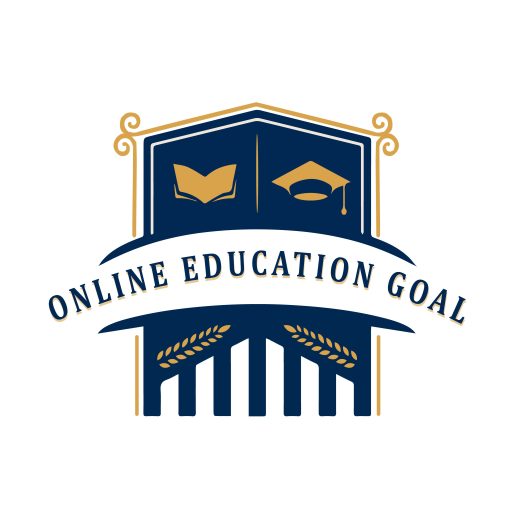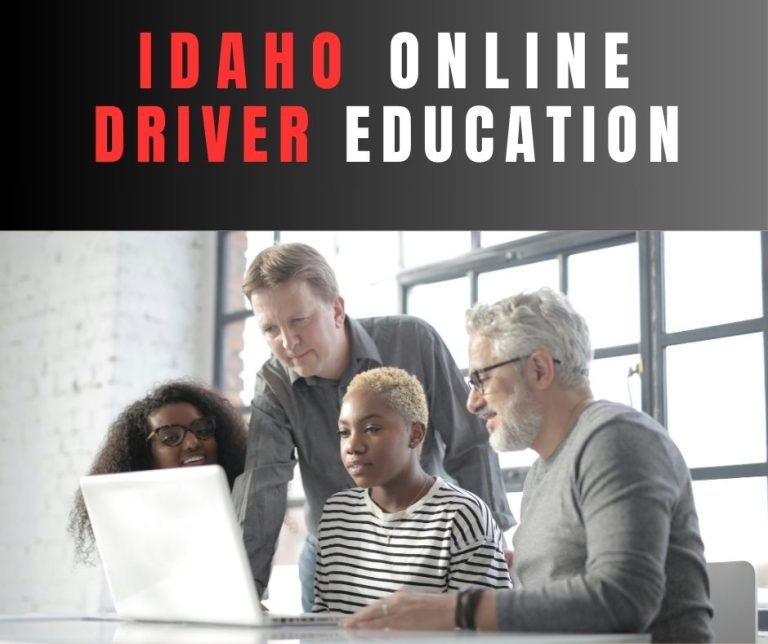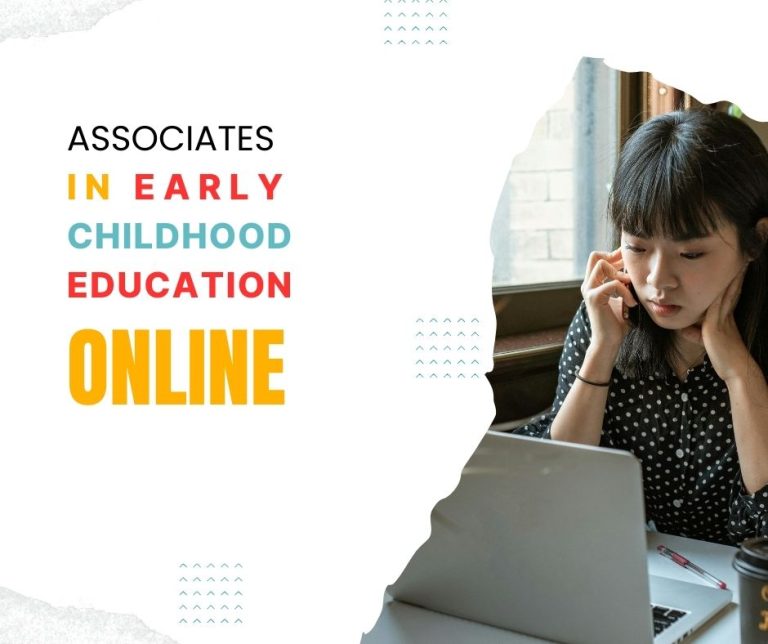How to Become a Physical Education Teacher: Your Ultimate Guide
To become a Physical Education Teacher, earn a bachelor’s degree in physical education or a related field and obtain a teaching license. Pursue additional certifications in specialized areas of physical education for enhanced employability.
Embarking on a career as a Physical Education Teacher is rewarding and energizing, providing opportunities to positively influence students’ lives through sports and fitness. Prospective teachers must complete a relevant educational program and navigate the licensing requirements that vary by state or region.
This profession not only requires passion for sports and physical activity but also an understanding of health, wellness, and child development. A successful Physical Education Teacher fosters a positive environment, cultivates students’ motor skills, and promotes lifelong healthy living habits. Balancing theory with practice, future educators should aim to gain experience through coaching, internships, or assisting in school sports programs. Emphasizing these steps will prepare candidates for a dynamic and impactful career in physical education.
Career Path In Physical Education
Pursuing a career in physical education means inspiring young minds to live healthier lives.
It requires dedication, training, and a clear understanding of the journey ahead.
Each step is crucial in shaping future generations of active individuals.
Becoming A Catalyst For Healthy Lifestyles
The journey starts with becoming a role model for health and fitness.
As a Physical Education teacher, you get to promote the importance of regular exercise.
Here’s what you need to know to get started:
- Educational Requirements: A bachelor’s degree in Physical Education or a related field is essential.
- Certification: Most states require teachers to pass a certification test.
- Continuous Learning: Staying updated with the latest fitness trends and teaching methods is key.
Role In Schools And Beyond
Physical educators play a pivotal role not just in schools, but in the wider community.
They shape attitudes towards physical health and contribute to students’ life-long wellness.
Here’s a glimpse of their roles:
| School Role | Community Role |
|---|---|
| Teaching diverse sports and fitness activities | Organizing community health events |
| Designing curriculum that encourages active living | Leading local sports teams or clubs |
| Developing strategies for inclusive participation | Advocating for public health policies |
Understanding The Role
Becoming a physical education teacher is a rewarding journey. It means dedicating your career to promoting health, wellness, and physical fitness among students. You’re not just a coach but a mentor that shapes young lives through sport and exercise. Let’s explore the daily life and the powerful influence of this vital role in education.
You May Also Read: Higher Education Lawyers
Daily Responsibilities
Every day, a physical education teacher sets the stage for a healthy lifestyle. Here’s a glimpse of their day-to-day tasks:
- Plan and execute engaging sport activities
- Teach sportsmanship, teamwork, and fair play
- Assess student performance and give feedback
- Encourage inclusion and adapt activities for all fitness levels
- Manage classroom behaviour and maintain a safe environment
- Collaborate with teachers and promote whole-school health initiatives
Impact On Student Development
Physical education teachers leave a lasting impact on student development. Here are the major benefits:
| Benefit | Description |
|---|---|
| Physical Skills | Students learn important movement and coordination skills |
| Social Skills | Team sports nurture communication and collaboration |
| Emotional Health | Exercise boosts mood and confidence |
| Cognitive Abilities | Challenging activities sharpen problem-solving and decision-making skills |
Moreover, they inspire a lifelong passion for fitness. This shapes healthier, more active adults.
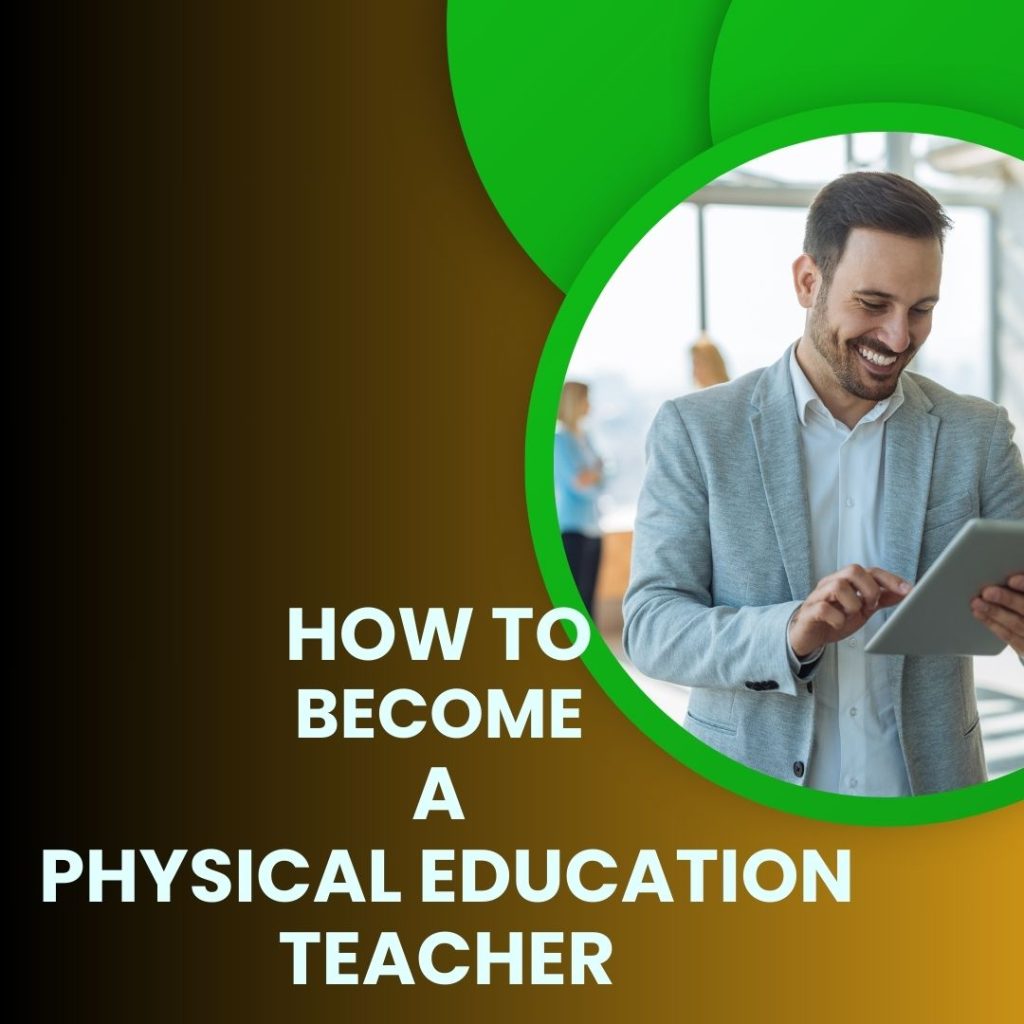
Educational Requirements
Are you dreaming of shaping up the next generation through fitness and sports? Becoming a physical education teacher requires specific educational achievements. Let’s dive into the qualifications needed to make this dream a reality.
Degrees And Certifications
To kickstart your career as a physical education teacher, certain academic accomplishments are mandatory. Take a look at the essential steps:
- Earn a Bachelor’s Degree in Physical Education or a related field.
- Complete student teaching hours as part of the degree program.
- Pass the necessary state certification exams for physical education teachers.
- Obtain a teaching license in the state where you plan to work.
Advanced degrees, such as a Master’s in Physical Education, can enhance your knowledge and job prospects.
Specializations And Areas Of Focus
In the field of physical education, fine-tuning your expertise is pivotal. Specializations shape the impact you have on your students. Consider these popular paths:
| Specialization | Focus Area |
|---|---|
| Sports Management | Learn to organize and lead sports programs. |
| Adaptive Physical Education | Work with students with disabilities. |
| Coaching | Gain skills to coach school sports teams. |
| Health Education | Teach healthy lifestyle choices and wellness. |
| Exercise Science | Focus on kinesiology and physiology. |
Select a focus that inspires you and aligns with your career goals in physical education.
Gaining Relevant Experience
Gaining relevant experience is a vital step in your journey to become a physical education teacher. This experience not only enriches your resume but also equips you with practical skills. Let’s dive into two key ways to gain this necessary experience: through internships and student teaching, as well as volunteering and coaching.
You May Also Read: Cultural Awareness And Online Learning
Internships And Student Teaching
Securing an internship or engaging in student teaching is crucial. These roles provide hands-on learning in a real-world setting.
- Look for opportunities at local schools: This allows you to observe and learn from experienced teachers.
- Apply for formal internship programs: These often come with mentorship and structured experiences.
- Student teaching placements: Undertake these as part of your education degree. They are essential for practical experience.
Volunteering And Coaching
Outside of formal education, seek ways to work with youth in physical activity settings.
- Volunteer at community centres: Develop skills in creating fun and engaging activities.
- Coach a youth sports team: This showcases your leadership and sport-specific knowledge.
- Assist with after-school sports programs: Build relationships and improve communication skills.
Certification Process
The journey to becoming a physical education teacher is not just about passion for sports and fitness. It requires formal certification and ongoing development. Below is an essential guide through the various stages necessary to earn the credentials to shape the next generation of active individuals.
State Licensure
To teach physical education, aspiring educators must obtain a state-specific teaching license. The process involves several crucial steps:
- Complete an accredited degree in Physical Education or a related field.
- Accumulate teaching hours under a supervised student teaching program.
- Pass your state’s official education certification exams.
- Submit a licensure application along with fingerprints and background checks.
Each state has unique requirements, so it’s important to consult your state’s education department for specifics.
Ongoing Professional Development
Maintaining and enhancing your skills as a physical education teacher involves:
- Engaging in professional workshops and conferences.
- Enrolling in continuing education courses periodically.
- Staying updated on new teaching methods and health trends.
Completing professional development activities ensures that teachers continue to provide high-quality education and adhere to the latest standards in physical education.
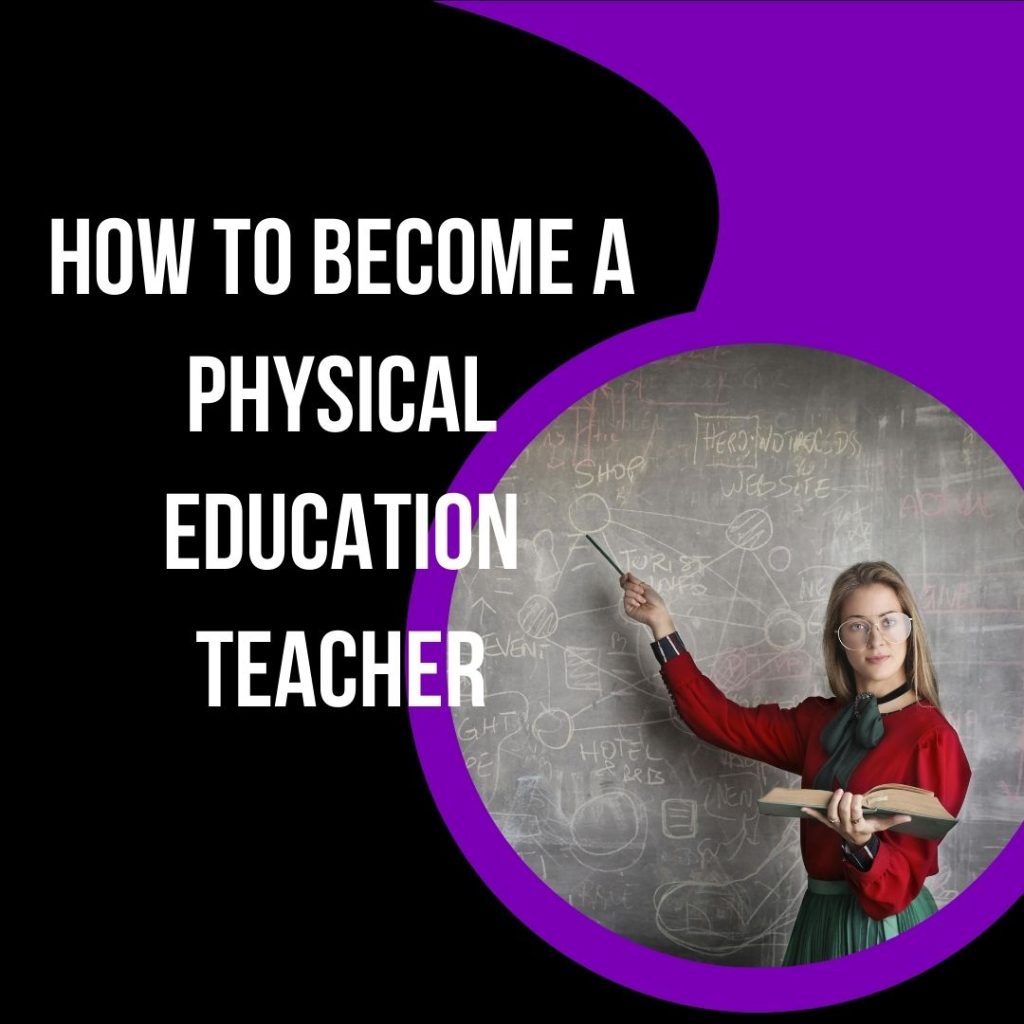
Job Market And Opportunities
The job market for physical education teachers promises varied opportunities. Schools value educators who promote health and fitness. Demand for skilled PE teachers remains steady, offering a stable career path.
Employment Outlook
The field of physical education exhibits resilience in the job market. According to the Bureau of Labour Statistics, employment for high school teachers, including PE, is projected to grow. Teaching positions in elementary and middle schools are also expected to increase.
Factors like retirement rates and location play a significant role. Urban and rural schools frequently seek qualified PE instructors. Private and charter schools offer additional avenues for employment.
Consider these points:
- PE is a compulsory subject in many schools.
- Demand is higher in areas with growing populations.
- Specialized skills like coaching can enhance job prospects.
Advancing In Your Career
Once established, PE teachers can explore career advancement. Opportunities exist to move into higher positions or specialized roles. Professional development is key.
Consider obtaining additional certifications or a master’s degree in physical education. This can lead to roles like athletic director or curriculum specialist. Mentorship and networking within education circles can also open doors.
Strategies for growth include:
- Attending workshops and seminars.
- Joining professional organizations.
- Continuing education in PE trends and methodologies.
Developing Essential Skills
Embarking on the journey to become a physical education teacher involves more than just a love for sports and fitness. Developing a set of specialized skills is crucial to excel in this career. From effective communication to being able to manage a classroom, potential physical education teachers must nurture these abilities to succeed and inspire students.
Communication And Motivation
Strong communication skills serve as the foundation for any successful teacher. In the context of physical education, this means clearly explaining activities and knowing how to provide constructive feedback. Teachers must also be adept at motivating students, encouraging them to push their limits in a safe and supportive way.
- Develop clear instructional skills to keep students engaged.
- Use positive reinforcement to boost student confidence.
- Employ various communication styles to reach every student.
Organization And Management
Behind every great physical education class is effective planning and organization. A well-structured class helps students know what to expect and how to participate. Class management consists of establishing rules, organizing equipment, and ensuring a safe environment for physical activities.
| Skill | Importance |
|---|---|
| Lesson Planning | Creates a roadmap for success in class |
| Equipment Management | Keeps the class flowing without delays |
| Classroom Rules | Maintains order and safety |
Building A Network In Education
Embarking on a career as a physical education teacher is exciting. Success often depends on the connections you foster within the education community. Professional relationships can provide support, ideas, and opportunities. Let’s explore how joining organizations and attending events can greatly benefit your career.
Professional Organizations
Becoming a member of professional organizations is a smart move. It opens doors to resources, mentorship, and camaraderie. Below are the key groups to consider:
- National Association for Sport and Physical Education (NASPE)
- SHAPE America — Society of Health and Physical Educators
- American Alliance for Health, Physical Education, Recreation and Dance (AAHPERD)
Membership in these organizations helps stay current with teaching methodologies and connects you with peers.
Conferences And Workshops
Attending conferences and workshops significantly enhances your knowledge and skill set. They offer unique learning environments and a chance to engage with leaders in the field. Here are reasons to attend:
| Benefit | Description |
|---|---|
| Professional Development | Learn new teaching strategies and earn continuing education units. |
| Networking | Meet peers and mentors who can guide and support your career. |
| Innovation | Experience the latest trends and technologies first-hand. |
Keep an eye out for local and national events to maximize your professional growth.
Landing Your First Job
Embarking on a professional journey as a Physical Education Teacher begins with the pivotal step of finding your first job. It’s essential to demonstrate passion, knowledge, and readiness to mold young minds through physical education. Stand out to potential employers with a stellar resume and sharpened interview skills. Embrace the power of social media to network and showcase your expertise.
Resume And Interview Tips
- Start with a clean, well-structured resume layout.
- Highlight your education, certifications, and relevant experience.
- Use action verbs to describe your professional achievements.
- Customize your resume for each job application.
- Prepare SAR (Situation, Action, Result) stories to illustrate your teaching successes during interviews.
- Practice common interview questions and role-play with a peer or mentor.
- Dress professionally and arrive early to the interview.
- Bring a portfolio of lesson plans, certifications, and recommendation letters to the interview.
- Send a follow-up thank-you email within 24 hours of your interview.
Leveraging Social Media
- Create a professional profile on platforms like LinkedIn.
- Engage with physical education content by liking, commenting, and sharing.
- Post about your teaching philosophy, experiences, and aspirations.
- Connect with other educators, school administrators, and potential employers.
- Use hashtags such as #PhysEdTeacher and #PEJobs to increase visibility.
- Follow educational institutions and participate in relevant group discussions.
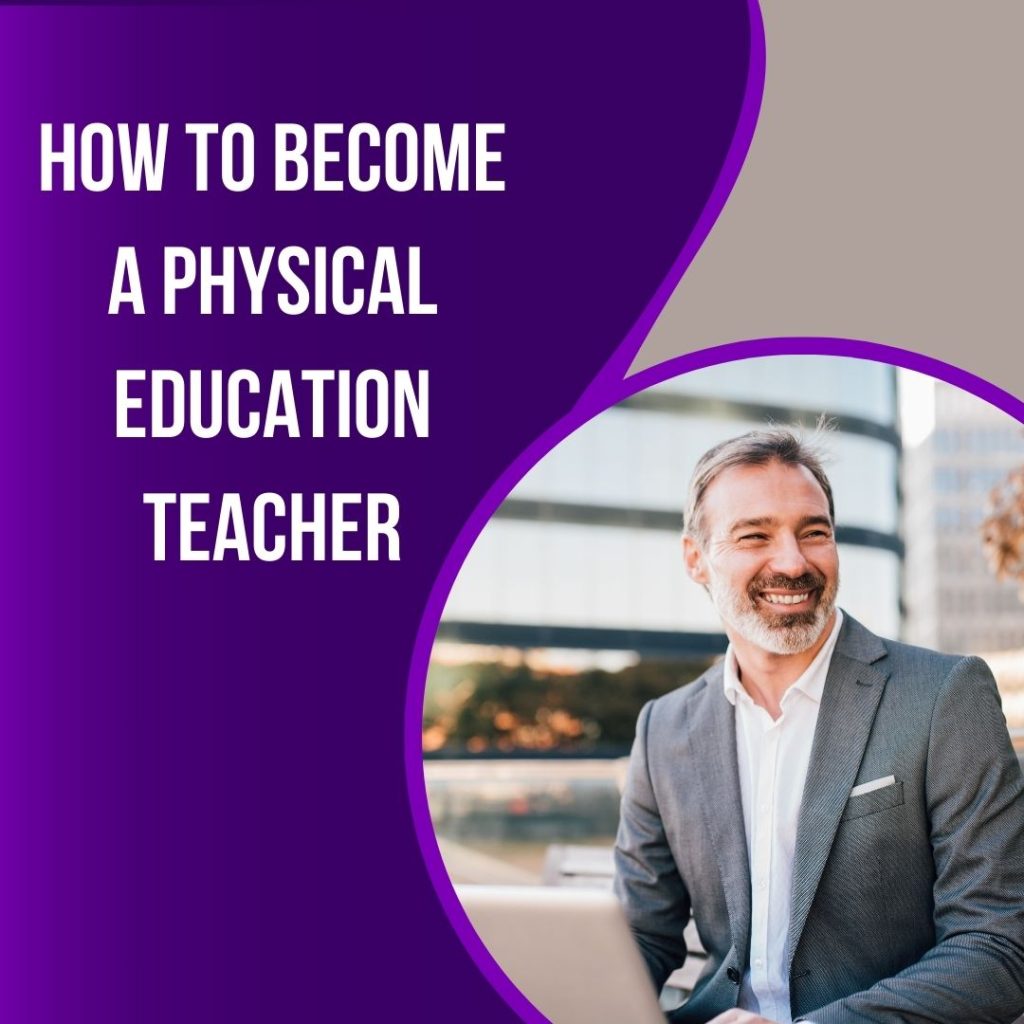
Continued Professional Growth
Embarking on a career in physical education requires a commitment to lifelong learning. Professional growth doesn’t stop with your initial certification. Teachers must keep expanding their knowledge and skills. We’ll explore ways to remain at the top of your game.
Advanced Degrees
Pursuing higher education can lead to more opportunities and mastery in your field. Let’s dive into how advanced degrees can benefit your career:
- Master’s in Physical Education: Deepens understanding of educational theory and practice.
- Doctorate in Physical Education: Prepares you for leadership roles and academic research.
Such degrees often lead to higher earnings and positions like curriculum developer or university professor.
Specialized Certifications
Specialized certifications show dedication to specific areas of physical education. They are keys to standing out in your profession. Here are some certifications you might consider:
| Certification | Benefits |
|---|---|
| National Board Certification | Recognizes exemplary teaching practices. |
| Certified Strength and Conditioning Specialist (CSCS) | Focuses on athletic performance and training. |
| Adapted Physical Education Certification | Qualifies you to work with students with special needs. |
Earning these certifications often means embracing additional coursework and passing rigorous exams. They ensure you remain skilled in the latest teaching methods and fitness trends.
Balancing Technology In Physical Education
As physical education moves into the future, a blend of classic activity and digital innovation is key. Technology in physical education opens new doors for engagement, learning, and fitness tracking. Future physical education teachers need the skills to integrate these tools effectively. This ensures students get the best of both worlds. But understanding this balance is crucial.
Incorporating Digital Tools
Integrating tech starts with selecting the right digital tools. Many options exist, each with unique benefits. Choosing wisely can enhance learning and make classes more fun.
- Fitness trackers measure student activity levels.
- Apps facilitate personalized fitness plans.
- Interactive games encourage movement.
- Videos offer at-home exercise opportunities.
Introduce one digital tool at a time. Monitor progress and adapt to students’ responses. Keep screen time minimal. Ensure it complements – not replaces – physical activity.
Evaluating New Trends
Physical education constantly evolves with new tech trends. It’s essential to evaluate each trend for its educational value.
| Trend | Use in Education | Potential Benefit |
|---|---|---|
| Virtual Reality (VR) | Simulate sports environments | Enhance engagement |
| Wearable Tech | Track fitness | Real-time feedback |
| Mobile Apps | Teach health concepts | Facilitate learning |
Analyse each trend for age-appropriateness and physical benefits. Always prioritize student safety and data privacy. Remember, technology should support active lifestyles, not detract from them.
Facing Challenges Head-on
Every aspiring physical education teacher will face challenges on their journey. The rewarding path to educating students in health and physical fitness is not without its obstacles. Boldness and resilience are key traits to navigate these hurdles. Let’s explore two major challenges one might face and learn how to tackle them effectively.
Addressing Budget Cuts
Physical education programs often feel the sting of budget cuts first. Schools may see gym classes as expendable when funds run low. As a dedicated educator, the mission involves creative solutions to these financial constraints. Steps include advocating for the benefits of physical education and seeking alternative funding sources. Explore the following strategies:
- Form partnerships with local businesses or sports teams.
- Organize fundraisers such as walk-a-thons or charity matches.
- Show clear health improvements in students to justify investment.
- Utilize cost-effective resources and equipment.
Promoting Inclusivity
Physical education should be a space where all students feel welcome and able to participate. Inclusivity challenges may involve adapting activities for students with disabilities or differing skill levels. To ensure no child is left on the side-lines, consider these inclusive practices:
| Inclusive Practice | Description |
|---|---|
| Adaptive Sports | Modify games to suit various abilities. |
| Skill-Based Groups | Create teams that balance skill levels. |
| Peer Support | Encourage teamwork and mentorship among students. |
Focus on building a culture of respect and encouragement in your classes. Keep the door open for all students to experience the joy and benefits of physical education. All students have the right to physical education that respects their individual needs and abilities.
Frequently Asked Questions Of How To Become A Physical Education Teacher
What Qualifications Do Pe Teachers Need?
Physical Education teachers typically require a bachelor’s degree in Physical Education or a related field. Additionally, state certification is necessary to teach in public schools.
Can You Major In Physical Education?
Yes, many colleges offer a major in Physical Education. This program focuses on kinesiology, fitness, and teaching methods, preparing students for a career in teaching.
How Long Does It Take To Become A Pe Teacher?
Becoming a PE teacher generally takes four years to complete a bachelor’s degree. Additional time is needed for state certification and any required student teaching experience.
What Skills Are Essential For Pe Teachers?
PE teachers should have strong communication skills, a passion for fitness, knowledge of sports, and the ability to motivate students. They also need to manage classes effectively.
Conclusion
Embarking on the journey to become a physical education teacher is a noble pursuit. It requires dedication, proper certification, and a passion for promoting health and wellness. With the right educational pathway and a commitment to lifelong learning, you can inspire future generations to live active, healthy lives.
Start your adventure today and shape the world of tomorrow!
